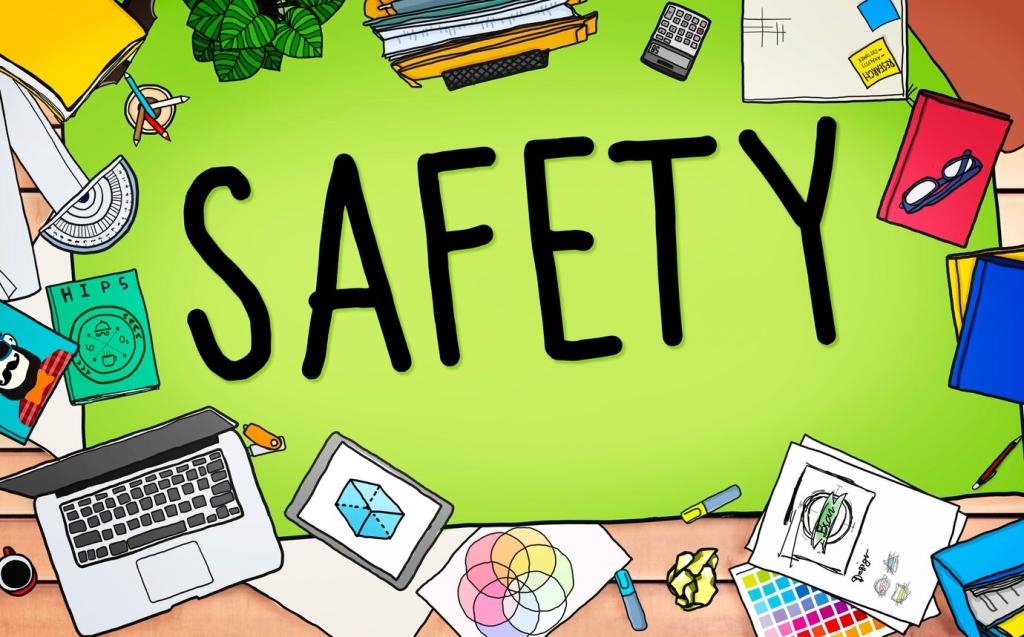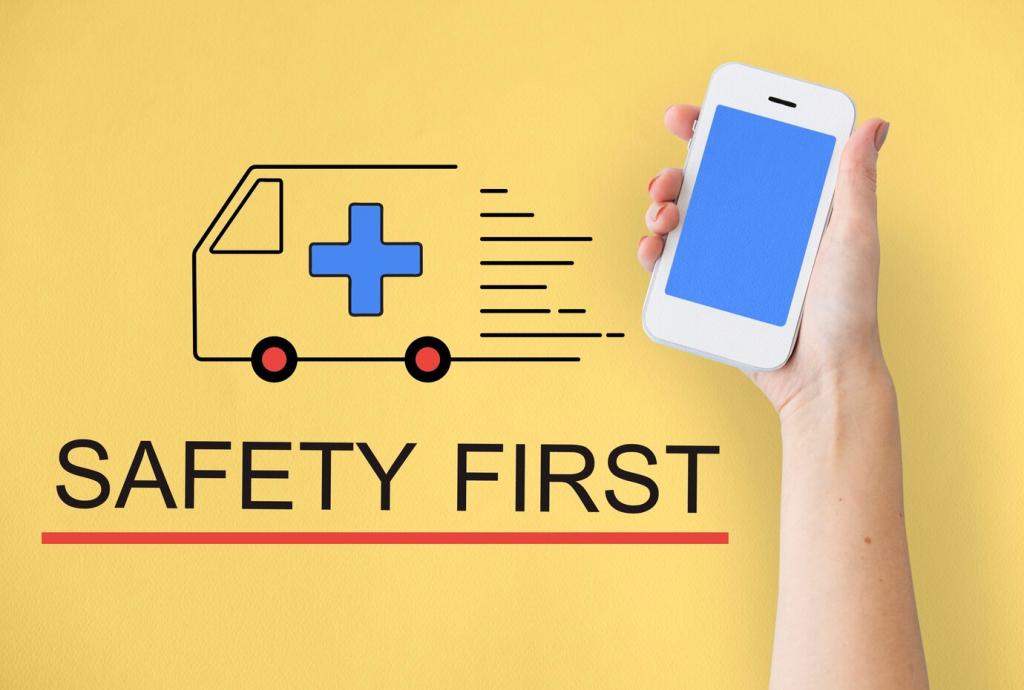Privacy, Security, and Trust You Can Count On
Vehicles sign messages using short‑lived certificates managed by a specialized public key infrastructure. Rotating pseudonyms limit linkability over time, while signature checks prevent spoofing. This balance empowers safety benefits without converting roads into a surveillance system.
Privacy, Security, and Trust You Can Count On
Vehicle-to-Vehicle Communication Tech includes only what nearby drivers need: position, speed, heading, and intent. No names, no VINs, no accounts. Designers intentionally avoid personal data to reduce risk, preserve privacy, and focus entirely on immediate cooperative safety.



